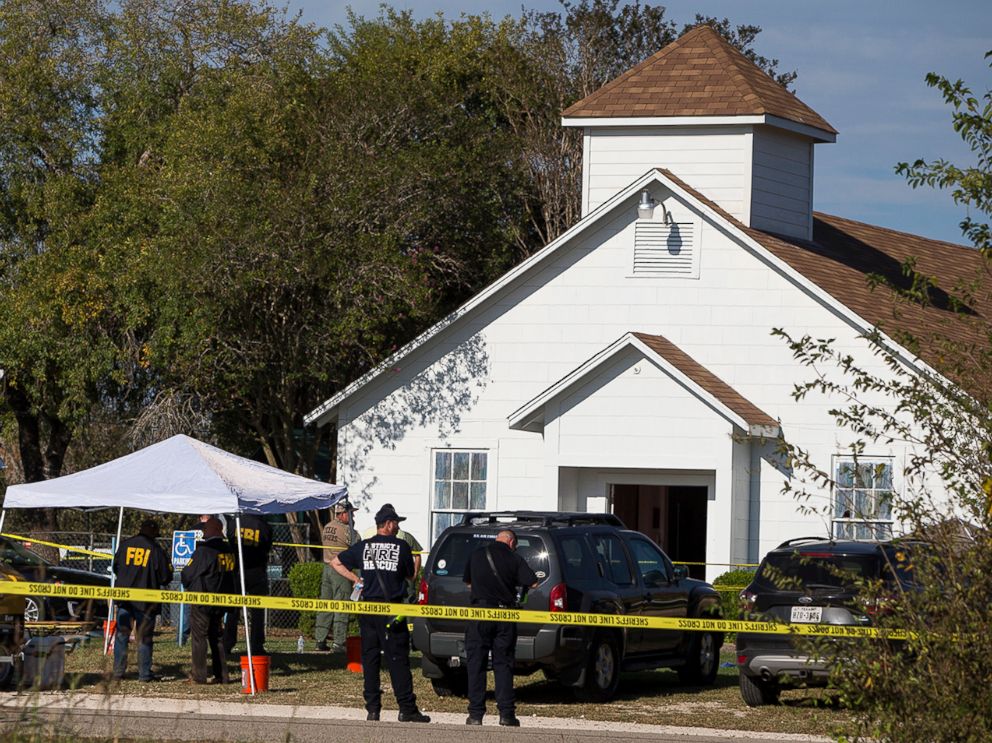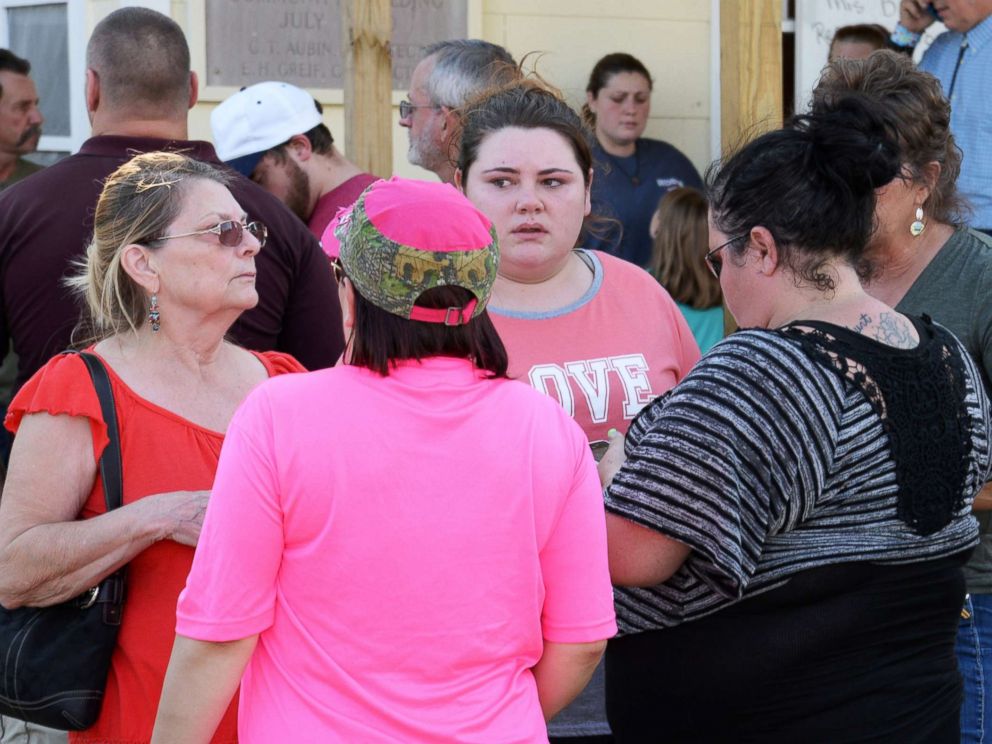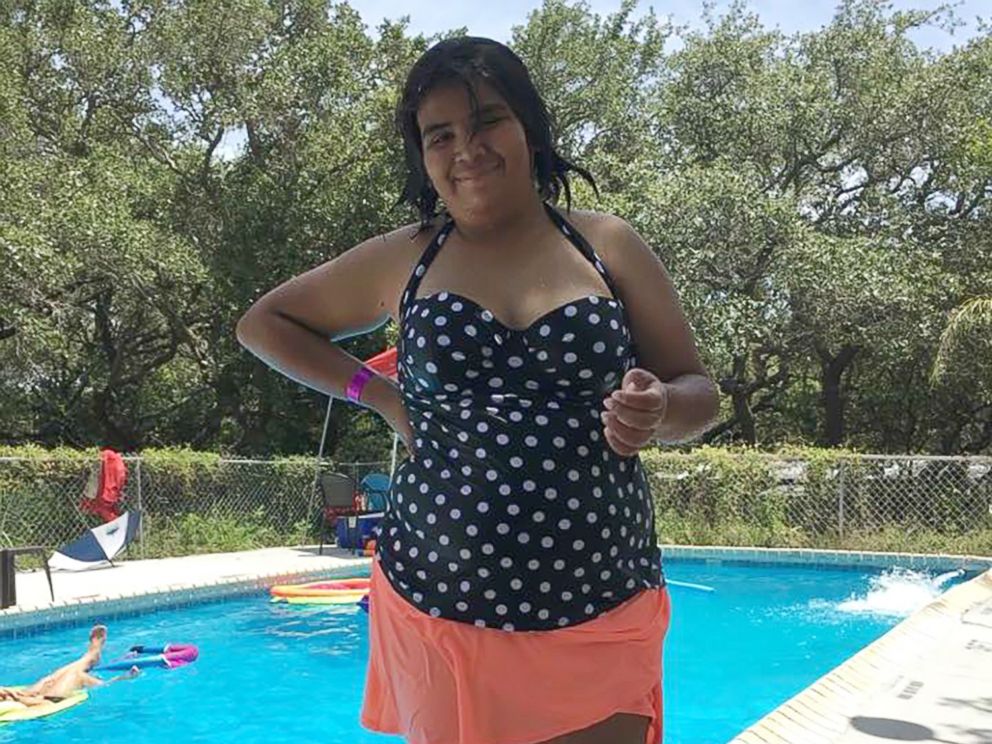- This 12-Year-Old Boy Is A Sophomore Aerospace Engineering Major!
- Fire Safety Experts Warn Of Hand Sanitizer Danger After A Mom and Kids Escape House Fire
- Recall Alert: Peaches May Be The Cause Of Salmonella Outbreak, 68 People Ill
- Summer Vacation In The Days Of COVID: Tips To Stay Safe
- How To Safely Grocery Shop During The Coronavirus Pandemic
- Michigan Teen With Vape-Related Illness Undergoes Double Lung Transplant
- Teen Kicks Off Anti-Vaping Campaign From Hospital Bed
- Teenager Receives Life Sentence For Strangling Sister To Death Over A Wi-Fi Password
- Toddler Falls To Death From 11th Deck of Cruise Ship
- Study Says Most Parents Don’t Use Car Seats In Ride Share Vehicles Like Uber
How To Talk To Kids About Deadly Shootings Like The One At A Texas Church
After this current morning’s mass shooting at a congregation in provincial Texas left no less than 26 individuals dead, many guardians are grappling with how to clarify the apparently mystifying demonstration of viciousness to their kids.
The shooting, with casualties’ ages running from 5 to 72, comes a little more than a month after a shooter opened fire on a group at a music celebration in Las Vegas, killing 59 individuals.
In the outcome of the two late weapon slaughters, which happened at places youngsters visit – a show and a congregation – here are what specialists say guardians and parental figures can do to enable their kids to adapt to such occasions.
Law authorization authorities works at the scene of a deadly shooting at the First Baptist Church in Sutherland Springs, Texas, Nov. 5, 2017.
Robin Gurwitch, a therapist and individual from the National Child Traumatic Stress Network, revealed to ABC News it is critical for guardians to start such troublesome discussions with their kids.

“It’s important for parents to start the conversation,” Gurwitch told ABC News last month after the Vegas shooting. “As much as we would like to wrap our arms around our children and try to keep anything bad from getting through, it’s unrealistic that we have that ability.”
Likewise, for kids mature enough to comprehend what happened, guardians should concentrate on telling them that they are not in particular peril, Gurwitch included.
Dr. Lee Beers, a pediatrician at Children’s National Health System in Washington, D.C., said a disaster does not need to be horrendous for kids in the event that it is “cushioned by great, solid and minding connections, by the grown-ups around the youngster.”
Brews, who addressed ABC News after the Vegas shooting, additionally prescribed distinctive reactions for various ages, and an individual approach for every kid.
Preschool age: This is a period when guardians have an abnormal state of control over what their kids see and hear so it doesn’t should be raised unless a youngster finds out about it first. All things considered, Beers suggested ensuring the youngster knows the guardian is there to answer any inquiries.
Primary school age: This is an age when guardians ought to preemptively enable their kid to think about the disaster and offer essential points of interest and welcome them to make inquiries, Beers said.
Center and secondary school age: Beers prompted having a more point by point discussion with kids. Begin by making inquiries like, “Have you caught wind of this?” and “What do you consider this?” to discover what they know and what might trouble them.
http://abcnews.go.com/Lifestyle/explaining-texas-church-shooting-kids/story?id=50949966#
Families gather at the gathering center foreseeing news about the First Baptist Church shooting in Sutherland Springs, Texas, Nov. 5, 2017.
Mixes incorporated that gatekeepers ought to control their’s first experience with possibly frightening pictures and chronicles that may rise, especially by means of electronic systems administration media, in the aftereffect of a mass shooting. “Have you heard about this?” and “What do you think about this?” to find out what they know and what may be bothering them.
Families gather at the gathering center foreseeing news about the First Baptist Church shooting in Sutherland Springs, Texas, Nov. 5, 2017.

Mixes incorporated that gatekeepers ought to control their first experience with possibly frightening pictures and chronicles that may rise, especially by means of electronic systems administration media, in the aftereffect of a mass shooting.
“Repeated exposure to viewings really does increase the stress and trauma in your emotions, in the way that you respond to it,” said Beers. “It’s very tempting to watch the coverage 24-7 so I think really self-limiting that is really important because that repeated exposure escalates the emotions and escalates the feelings.”
Gurwitch added that many children may have already seen some frightening images, and parents should let their children know that they can discuss what they have seen.
“Parents should let their kids know that, ‘I’m here to answer any questions you may have, any worries you have we can discuss,’” she said. “Check in at the end of the day to see what their friends were talking about at school and what they saw on social media so they have an idea of where they’re starting from and how to continue the conversation.”

Annabelle Pomeroy, 14, was killed amid a shooting at the First Baptist Church in Sutherland Springs, Texas, Sunday, Nov. 5, 2017. Her dad, Frank Pmeroy is the minister, yet was not there at the season of the shooting.
On the off chance that guardians and parental figures see youngsters are excessively stressed or experiencing difficulty centering at school or at home, Gurwitch said not to postpone in connecting for help, and to have persistence.
“Acknowledge that there may be a little bit of extra help that is needed with homework, care and attention around bedtime, and that’s true for younger children as well as teenagers,” she explained. “If you don’t know what to do or what to say, there are people you can turn to ask what you can do for your child.”
Gurwitch and Beers also recommended the American Psychological Association, the American Academy of Pediatrics, school counselors, family physicians and local mental health counselors as resources for parents.




0 comments